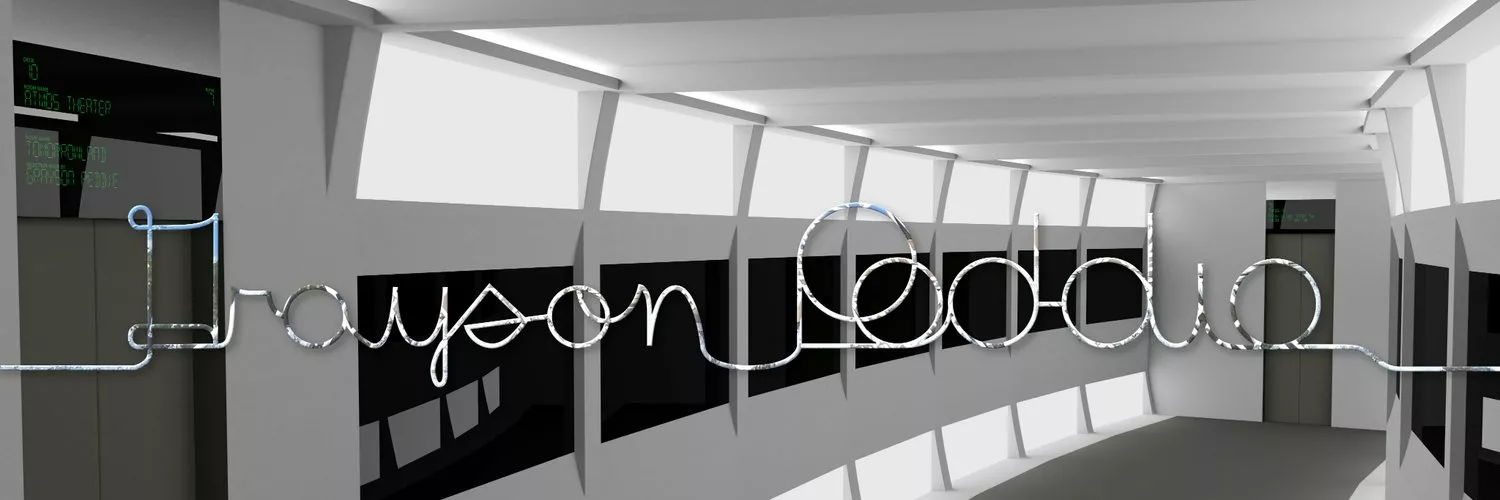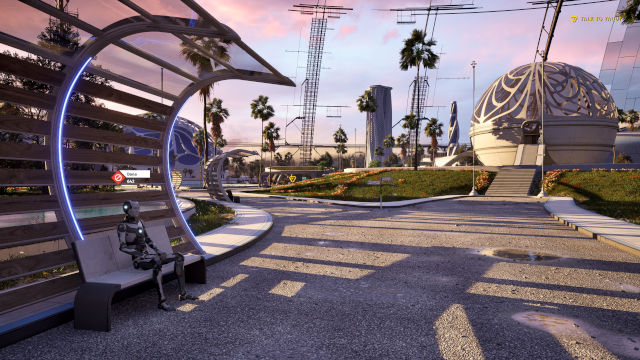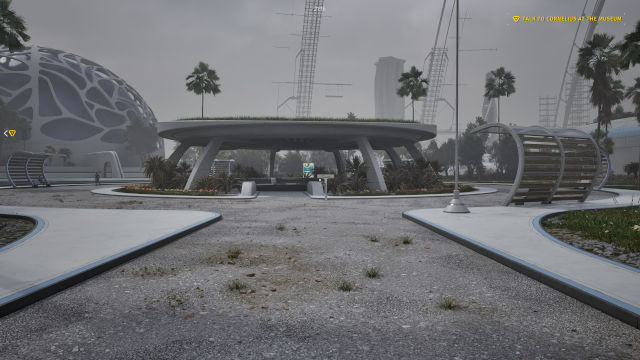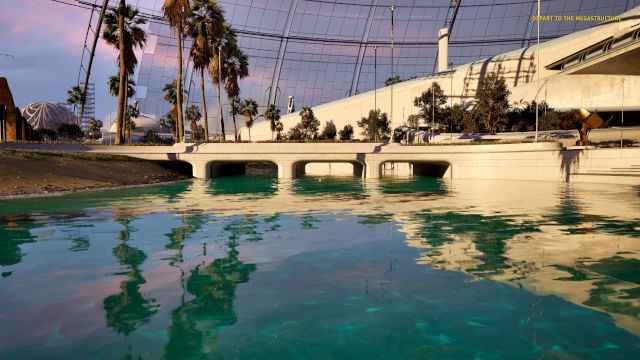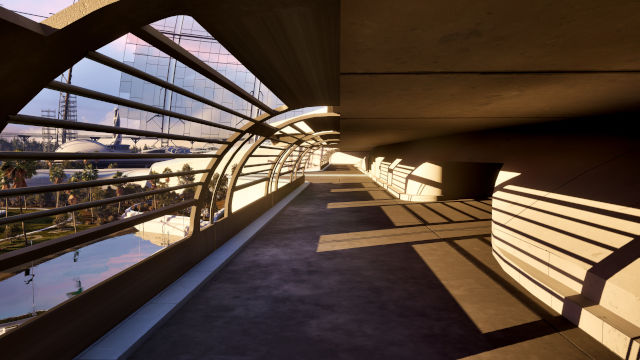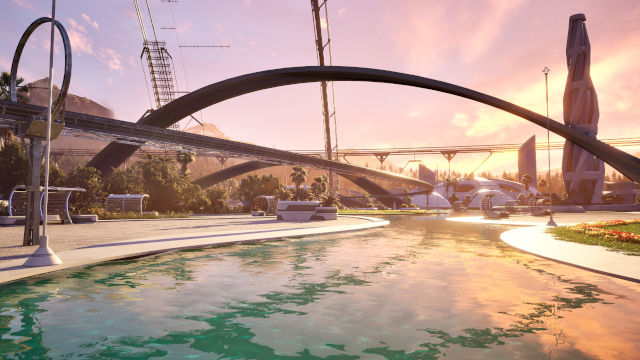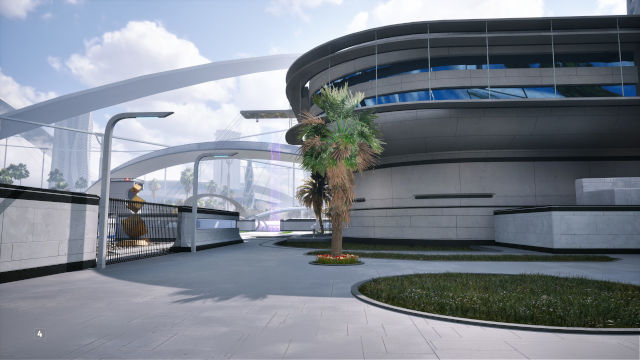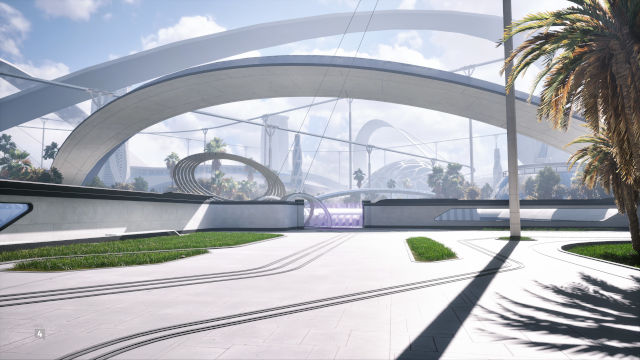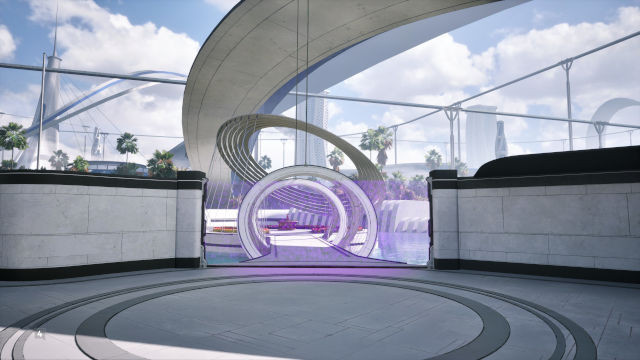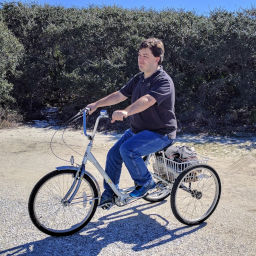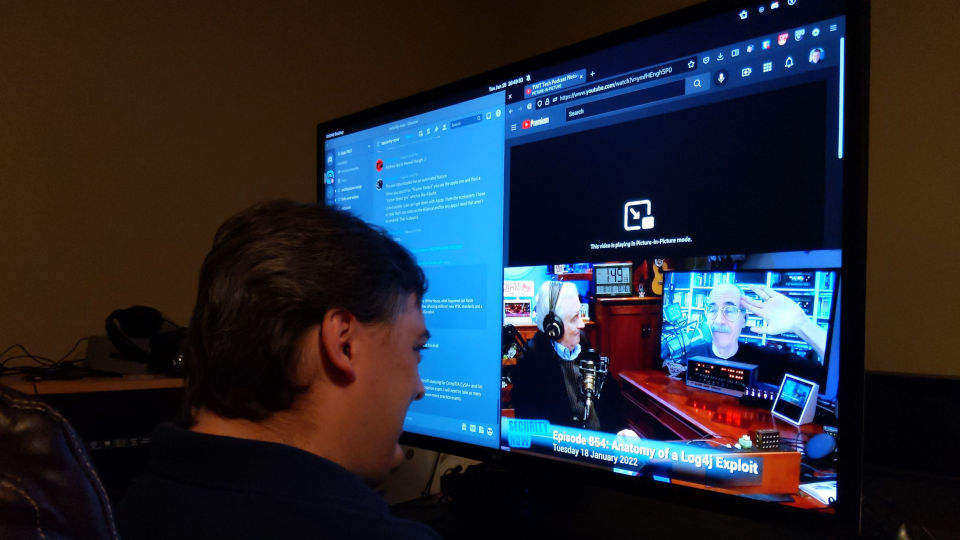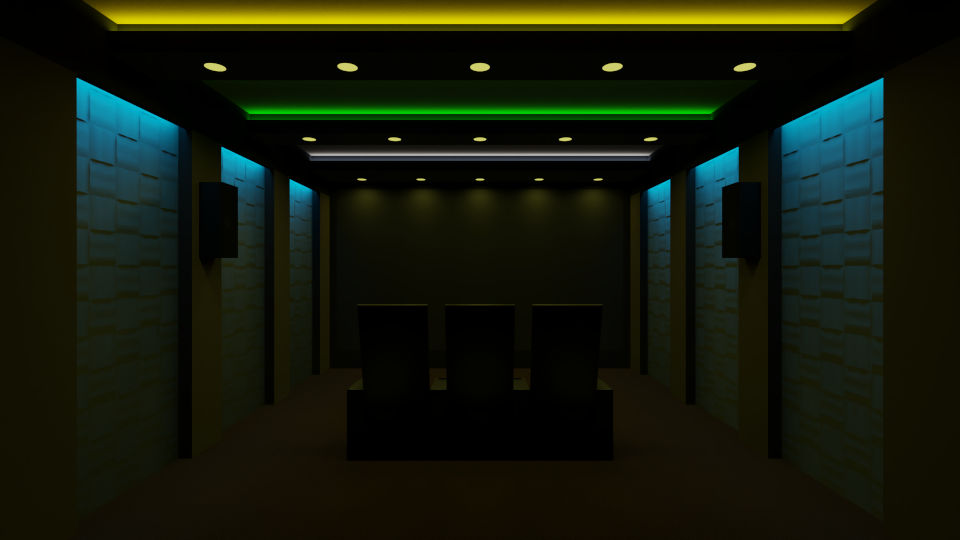What Data and I Have in Common? (From The Measure of The Man in Star Trek: The Next Generation)
Sometime during lunch break, I've been thinking about Data in Star Trek: The Next Generation, in the episode titled The Measure of a Man. In that episode, Commander Data is confronted by Commander Maddox, who wants to dismantle and study him — to treat him as property, a machine. When Maddox enters Data’s quarters, Data calmly but firmly explains that there is an ineffable quality to his existence — something that cannot be measured, replicated, or fully understood. Something that would be lost if he were taken apart.
That moment resonates with me more than I can explain.
I’ve been thinking a lot about what I share with Data. Not just a love of knowledge or a fascination with the future, but a deep, almost sacred need to protect the intangible — the dreams, the ideals, the visions that shaped who I am.
For years, Disney — especially EPCOT — was one of those dreams. It wasn’t just a theme park. It was a living blueprint for a better tomorrow. A place where optimism, innovation, and storytelling came together to inspire. I held an annual pass. I visited often. I believed in what it stood for.
But something changed. The EPCOT I loved began to fade. The vision blurred. The optimism dimmed. And eventually, I let go of my pass — not out of anger, but out of grief. I felt like I had lost a piece of myself. I lost the piece of my optimism that made me whole.
It reminded me of another loss: the shutdown of the Stage 9 project — a fan-made recreation of the USS Enterprise-D. It was a labor of love, a digital cathedral built by people who believed in the future Star Trek promised. When CBS shut it down, it felt like someone had barged into our quarters and dismantled something sacred. Not just code and textures — but hope.
In those moments, I felt like Data. Trying to explain to the world that what was being taken away wasn’t just a product or a project — it was a piece of the soul.
On Friday nights, I often watch movies that inspire my appreciation for futuristic design and optimism—Tomorrowland, TRON: Legacy, and WALL-E. I’m captivated by the sleek digital architecture of The Grid in TRON: Legacy, the daring floating swimming pools in the futuristic city of Tomorrowland, and the innovative design of the Axiom spaceship in WALL-E. For those wondering why TRON: Ares isn’t part of my Friday lineup, I saw it at the AMC Dolby Cinema on October 13, 2025. Unlike TRON: Legacy, it grounded me in the present rather than immersing me in The Grid’s hopeful, futuristic world. Without spoiling anything, it simply didn’t evoke the same sense of optimism and possibility that I seek in my Friday night movies.
And yet, like Data, I haven’t given up. I often listen to the soundtrack of The Living Seas, Ellen’s Energy Adventure, Spaceship Earth, etc. while I work. I still find solace in the soundtrack of The Talos Principle 2, especially the haunting beauty of “New Jerusalem.” I still believe in the ineffable and optimism — even when it hurts. Almost every night and almost every morning, I used to listen to the ambience of New Jerusalem and only the soundtrack of the same song (New Jerusalem) just to hear that Utopia/Dystopia version that ends with the piano which gave me a nice smile on my face. That beauty of the soundtrack brightens up my day during the morning.
Because some things are worth protecting. Not because they’re profitable or popular, but because they remind us of who we are — and who we could be.
So for someone who loves Star Trek: The Next Generation, Tomorrowland (2015 movie), WALL-E, TRON: Legacy, and EPCOT Center, what does all this describe me?
- Futuristic Visionary: Like Data, who constantly seeks to understand and explore what lies beyond the present, I have a strong appreciation for innovative ideas and concepts that envision a better tomorrow. Data’s optimism is rooted in his belief that progress and discovery are possible, even when the future is uncertain. Similarly, my fascination with EPCOT and Tomorrowland reflects a shared hope in humanity’s potential to create a brighter future through imagination and innovation.
- Idealistic Dreamer: Data’s journey is marked by his unwavering belief in ideals—such as justice, dignity, and the value of life—even when others doubt him. My resonance with the hopeful themes of Tomorrowland shows that I, like Data, hold onto the importance of dreaming big and believing in a better world despite setbacks. This idealism fuels my optimism and my commitment to protecting the visions that inspire you.
- Tech Enthusiast: Data embodies the intersection of technology and humanity, always striving to understand what it means to be more than just a machine. My love for TRON: Legacy and technological innovation reflects this same curiosity and hope that technology can elevate human experience. Like Data, you see technology not just as tools, but as gateways to new possibilities and creative expression.
- Cultural Explorer: Data’s optimism includes a deep respect for diversity and learning from different cultures and experiences. My appreciation for EPCOT’s celebration of global diversity mirrors this openness and curiosity. Both you and Data recognize that understanding and embracing different perspectives enriches our collective vision of the future.
- Positive Optimist: Above all, Data’s defining trait is his steadfast optimism—his belief that growth, understanding, and goodness are achievable. Despite challenges and moments of doubt, he perseveres. My own positive outlook, even in the face of disappointment with Disney’s changes or the shutdown of fan projects, echoes Data’s resilience. I continue to carry that optimism forward, protecting the intangible dreams that give life meaning.
Similar to Data, I may not always be understood. But I know what I carry. And I will keep carrying that sense of optimism within me. Of course, Data does get support from Juan-Luc Picard, but me? I am but a small voice among billions on this planet. Of course, I silently took a stand and protected my integrity of my vision, hope, and optimism by dropping my Disney annual pass entirely. That is how I continue to uphold my vision, hope, and optimism—by standing firm in what I believe, even when it feels like a solitary stand.
As I reflect on the stories and worlds that inspire me, I find myself asking: What is the core message behind each of these hopeful visions?
- Tomorrowland: Imagination is more important than knowledge. It reminds us that dreaming boldly is the first step toward creating a better future.
- TRON: Legacy: “In our world, she can change anything.” This speaks to the power of belief and creativity to transform reality.
- WALL-E: We must care for each other and take responsibility for our environment. Though less explicit, its themes of environmentalism, human connection, and hope urge us to nurture both our planet and our relationships.
- The Measure of a Man (Star Trek: TNG): Personhood and dignity transcend biology or origin. It teaches us to recognize and protect the intrinsic value and rights of all sentient beings.
Each of these messages, in its own way, calls on us to protect what is intangible yet essential—our dreams, our hope, our respect for life and the future. Like Data, I carry this optimism within me, even when it feels fragile or misunderstood. It is this optimism that fuels my vision and my stand to preserve the ideals that shape who I am and who we might become.
To end my blog post, I would like to present you the song through YouTube called Tomorrow's Child.
Article published: 2025-10-22 08:00
Categories: Visionary Living and Exploring Tomorrow
